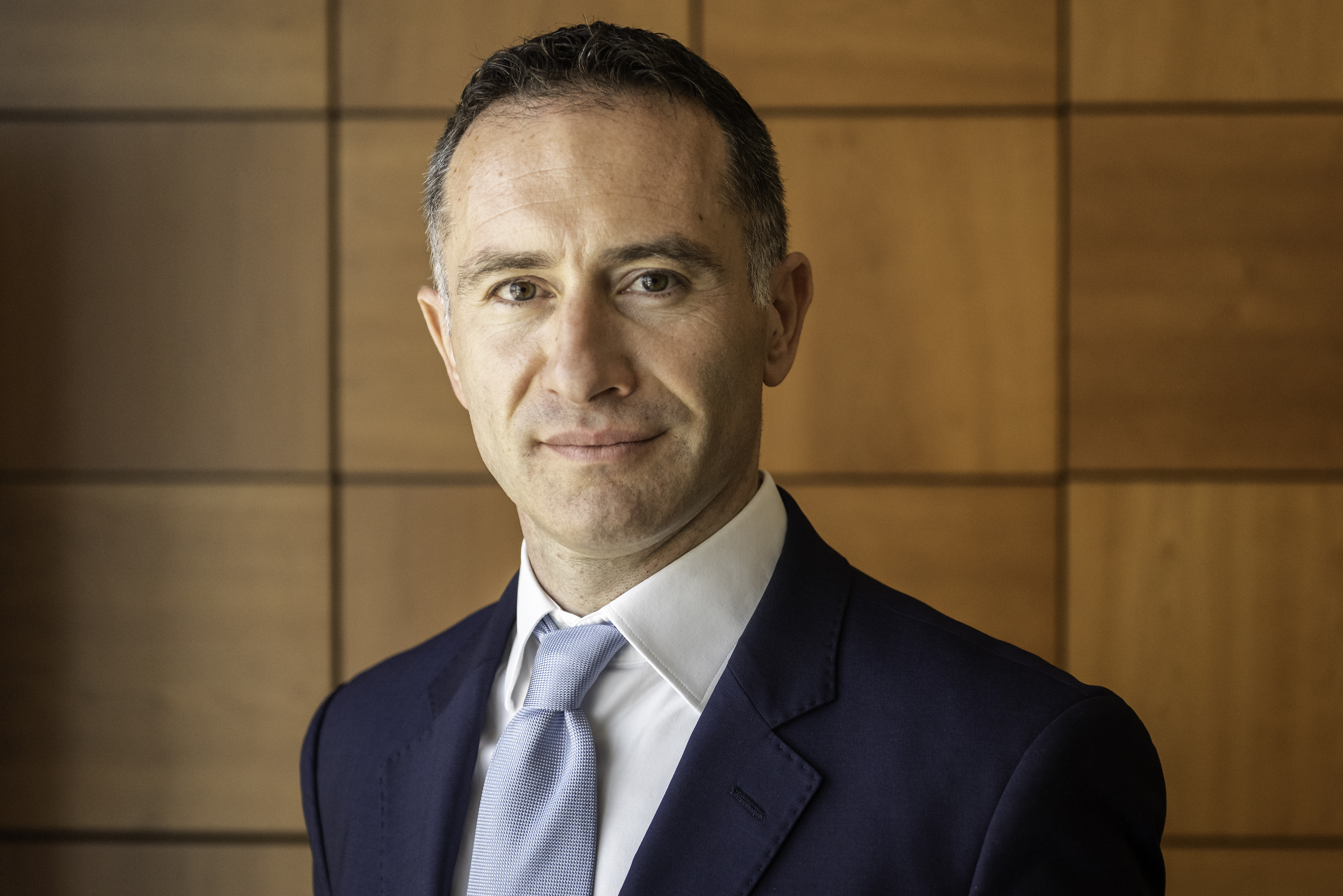
Risk is a total balance-sheet matter. Therefore, the risk contribution of any asset varies depending on the portfolios where it is allocated.
For example, a very short-term AAA government bond can be deemed risk-free in a misleading asset-only view, but in reality it can be risky if allocated to a long duration life portfolio with minimum guaranteed rates.
The other way around is also true. In fact, a long-dated bond can contribute to improve the cash-flow matching thus reducing the risk of the same life portfolio.
The consequence of this is that a sound investment management process needs a prominent role of asset-liability management (ALM) and a holistic optimisation approach integrating short-term accounting targets (i.e. stability of profit & loss), medium-term economic goals (i.e. contribution to the three year industrial plan) and long-term sustainability (i.e. capital profitability over a whole seven-to-ten-year economic cycle).
“The massive liquidity injection by the central banks has provoked a
shift in the riskiness of several asset classes”
A balanced liability-driven investment strategy can be translated into a strategic asset allocation (SAA) which is approved at board level.
Captive and/ or external asset managers are involved as part of the investment value chain to contribute to the SAA implementation depending on their skills and ability to source and manage specific asset classes of interest.
Till some years ago, interest rates where high enough to allow a clear separation of responsibilities among different departments within insurance companies.
But the decrease of interest rates up to the current situation where almost 30% of the world’s investment-grade debt is now yielding negative, calls for a different approach at both technical and leadership level.
“The CIO must prepare the ground for an enlargement of the investment
universe which requires great focus on internal training”
On the technical side, the massive liquidity injection by the central banks has provoked a shift in the riskiness of several asset classes. High quality bonds are still safe, but their risk premium is negligible or negative.
On the other hand, real assets such as listed and private equity, infrastructures and real estate are less risky than in the past due to easier access to credit and reduced cost of capital.
Moreover, industry sectors are adapting to macro-trends such as population ageing and greenification as well as digitalisation especially after the reality-check caused by the Covid crises. In other words, there are new winners and losers at sectoral level and new market niches are even emerging.
Therefore, the Chief Investment Officer (CIO) must prepare the ground for an enlargement of the investment universe which requires great focus on internal training, much stronger cooperation with the colleagues of other departments and further development of external networking.
“The future of investment management is risk-conscious,
green and social”
On the leadership side, the CIO must have an enterprise-wide role keeping full responsibility on investments but also being deeply involved in sustainability, risk management, new product design and distribution as well as merger and acquisition (M&A) just to mention the most important areas of influence.
For example, a good product distributed with a wrong timing could turn into a failure. Similarly, an acquisition which looks good according to the traditional evaluation approaches, could put at stake the asset-liability equilibrium previously achieved. The CIO should also act as an ESG ambassador both within and outside the company while interacting with regulators, industry associations and even competitors.
In summary, I believe that the future of investment management is risk-conscious, green and social. Our time, certainly challenging and potentially rewarding, is at hand for action.